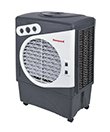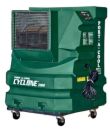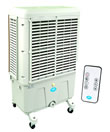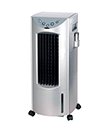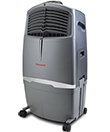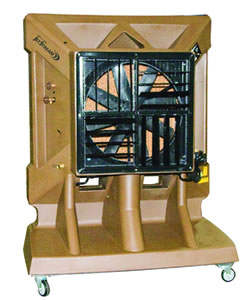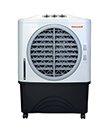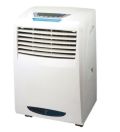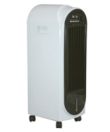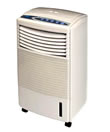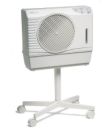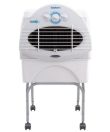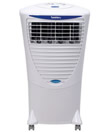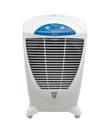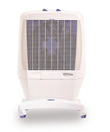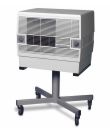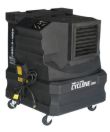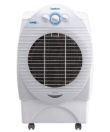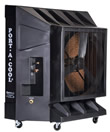Evaporative Coolers Hire
With a choice of with air flow ranging from 950 up to 1,550 M3/hr, these environmentally-friendly cooling units are most suitable for well-ventilated office, retail, manufacturing or healthcare areas. Evaporative coolers must be positioned so they can draw in fresh air from outdoors, using the naturally occurring process of cooling through evaporation. Providing a constant supply of fresh air, evaporative coolers help to improve indoor air quality and reduce pollution.
- The Honeywell FR60EC is the perfect choice to keep large indoor and outdoor environments comfortably cool and breezy.
- An effective cooling solution with a powerful motor and fan, suitable for use in larger areas and ideal for commercial environments.
- The Honeywell FR48EC is a stylish high quality evaporative air cooler that is ideal for both indoor and outdoor cooling.
Evaporative Portable Air Conditioners
Evaporative coolers provide a cooling effect by natural evaporation, in the process increasing relative humidity. Fans and air movers increase cooling through air circulation. Evaporative air conditioners do not have a compressor or condenser. Instead, liquid water or ice is poured into a tank and air movement releases this as vapour. Because they do not have a refrigeration circuit, they do not need hoses or pipes, allowing them to be truly portable. These units add humidity and are not suitable for computer, IT or server room applications. In moderate humidity locations there are many cost-effective uses for evaporative cooling, in addition to their widespread use in dry climates. For example, industrial plants, commercial kitchens, laundries, dry cleaners, greenhouses, spot cooling (loading docks, warehouses, factories, construction sites, athletic events, workshops, garages, and kennels) and confinement farming (poultry and dairy) all often employ evaporative cooling.



